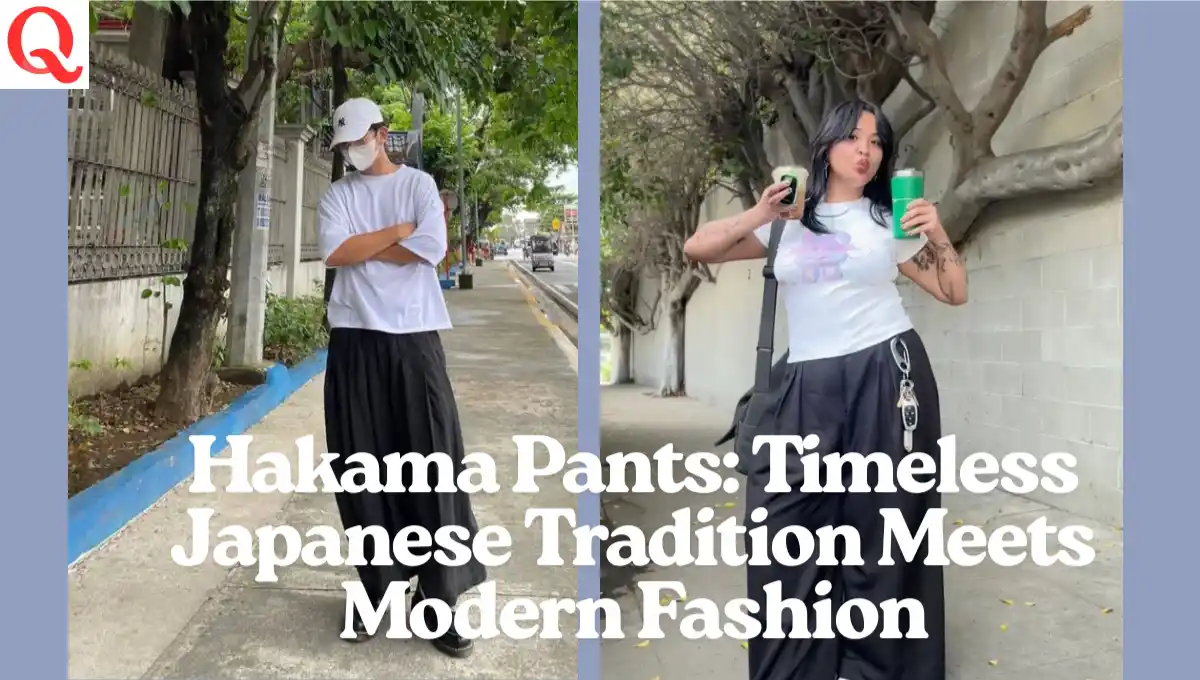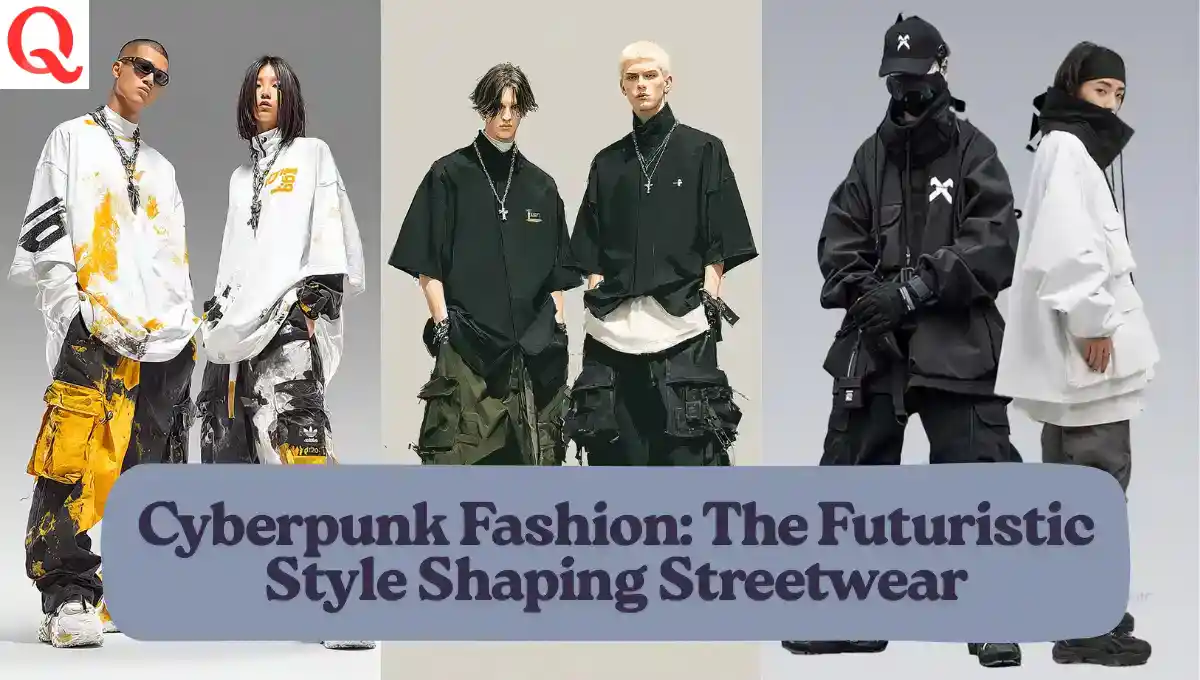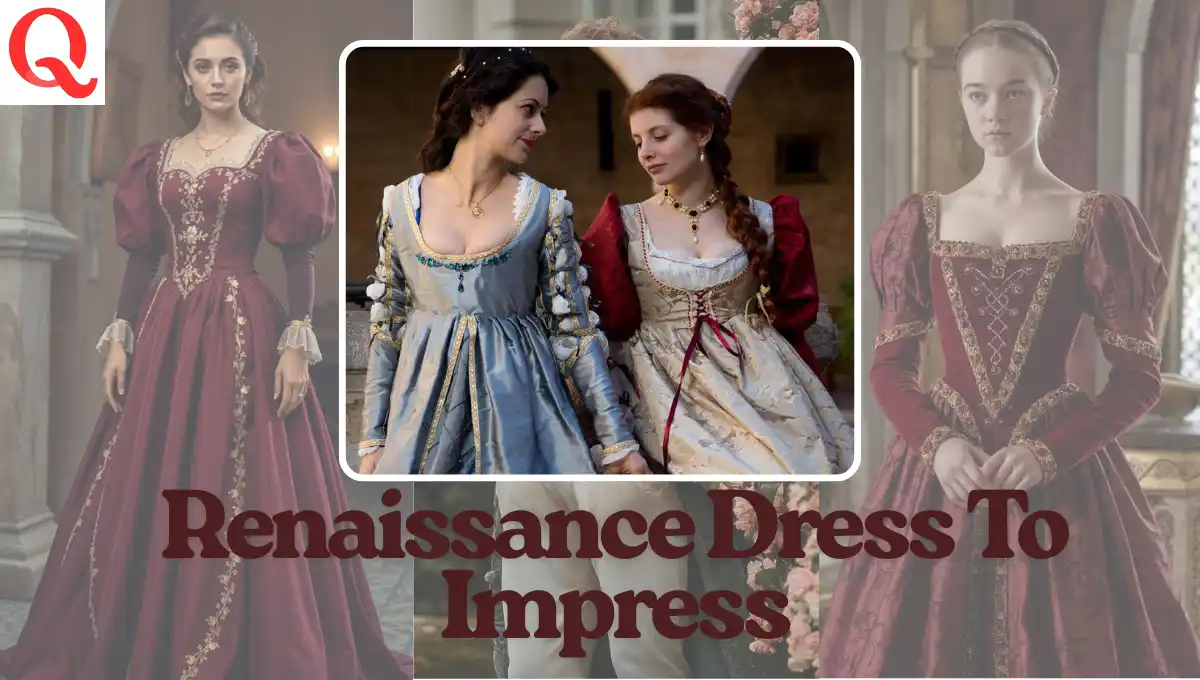Fashion has been considered a blend of culture, history, and reinvention. Hakama Pants are one such garment that beautifully represents this fusion. It is originally a part of Japanese traditional attire. But, as time advances,. These pants have transitioned. From martial arts uniforms and ceremonial wear to modern fashionable statements. So, wear it with elegance, whether you are styling it for casual or formal. This is because these pants are a blend of comfort, sophistication, and heritage in one design..
In this article, we will explore the origins, styles, patterns, and modern adaptations of hakama pants. This includes their availability for men and women. We’ll also discuss its popular variations, like Muji hakama pants, Muji double-layered hakama pants. And how these wide-legged trousers are influencing fashion globally.
What Are Hakama Pants?
Hakama pants are traditional Japanese attire. They are wide-legged trousers, often pleated, that were historically worn over a kimono. It is not just ordinary pants, as these have a distinctive flowing silhouette. This creates both elegance and freedom of movement.
They are usually secured at the waist with long ties called himo (A japanese term). They have multiple pleats, which symbolize virtues such as respect, honesty, and patience. Before, it was initially associated with samurai warriors, Shinto priests, and martial artists. But the time has changed, and today, these pants are being reinterpreted in modern wardrobes for casual and formal wear.
Also read about: Y2K Pants
A Brief History of Hakama Pants
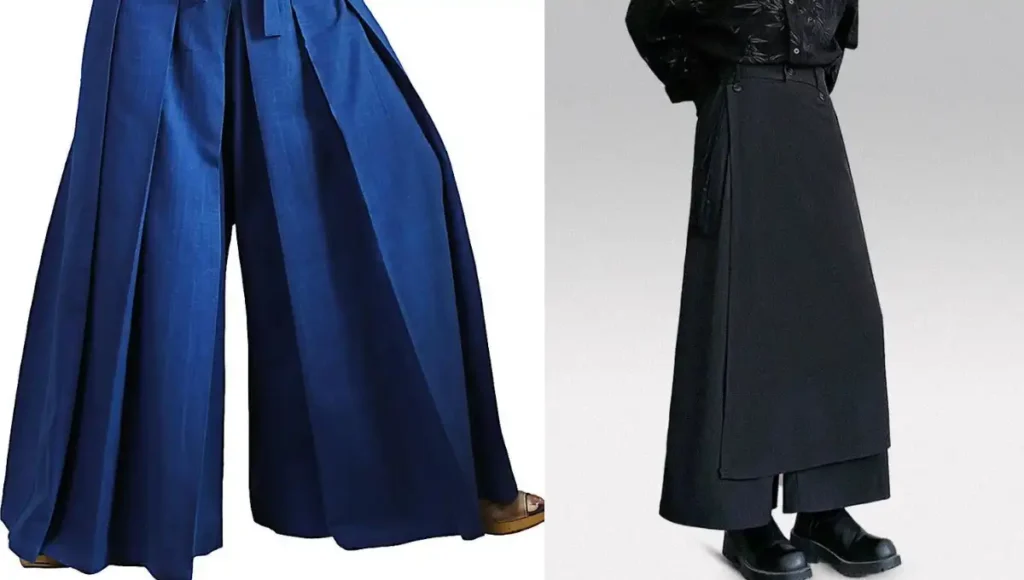
The Hakama Pants hold the history of their own. It’s been at the center of evolution in the Japanese fashion industry, which influenced the global market in the contemporary era.
- Samurai Era: Back in times, these pants were worn by samurai. That signifies the status and allows ease of movement in combat and during wartime.
- Religious Significance: Priests often wear hakama during rituals.In Shinto and Buddhist traditions.
- Martial Arts: In some martial arts disciplines like Aikido, Kendo, and Iaido still used as part of the uniform.
- Modern Japan: Nowadays, Hakama are commonly seen at graduation ceremonies, weddings, and festivals.
The blend of tradition and practicality has allowed these pants to survive centuries. It remains relevant even in this contemporary fashion. Where the definition is being turned upside down as compared to the way back in history.
Hakama Pants In Modern Fashion
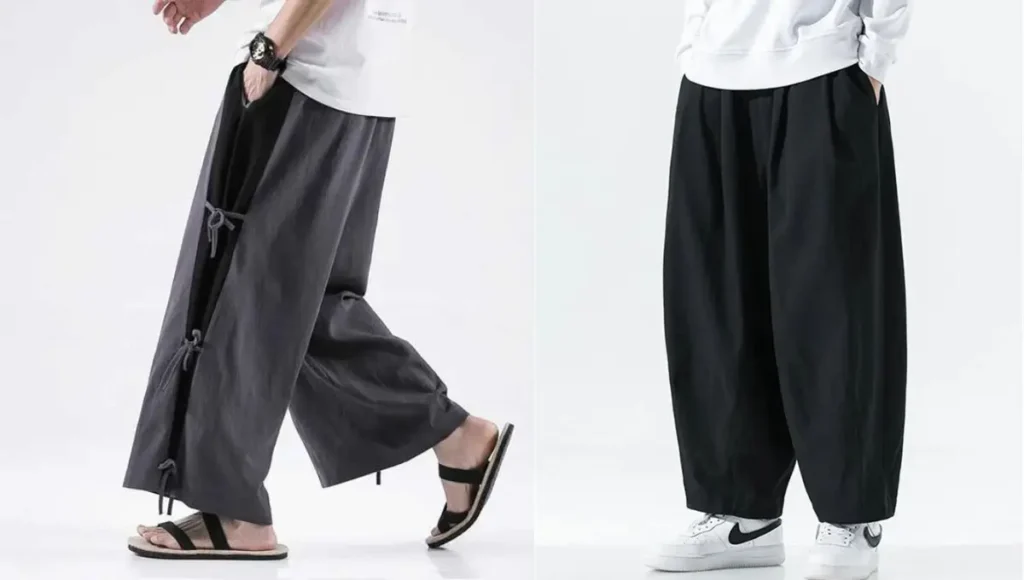
The time has changed, and the designers are now reimagining this style. If you’re thinking about what makes these pants perfect for blending with contemporary wardrobes. It’s the features like wide-legged cut, unisex appeal, and timeless style that make it so.
- Streetwear: The oversized pants paired with graphic tees and sneakers are popular among youth.
- Formal Wear: Get your pants tailored and styled with blazers or structured tops. It gives a sophisticated, avant-garde look.
- Casual Fashion: It’s the best and comfortable option for daily wear: Lightweight pants in cotton or linen.
Muji Hakama Pants: Minimalism Meets Function
There is a Japanese lifestyle brand Muji that has gained popularity for its clean, minimalist aesthetic. Their collection is no exception, but the real authenticity.
- Muji Hakama Pants: These are designed for everyday wear. It combines traditional pleating with contemporary fabrics.
- Muji Double Layered Hakama Pants: It’s a unique design innovation. It features the layered fabrics that add depth, texture, and durability. The pants are perfect for those who prefer a modern twist on the traditional silhouette.
It’s a fact that Muji’s hakama pants reflect Japanese minimalism, focusing on functionality, comfort, and timeless elegance.
Hakama Pants For Women
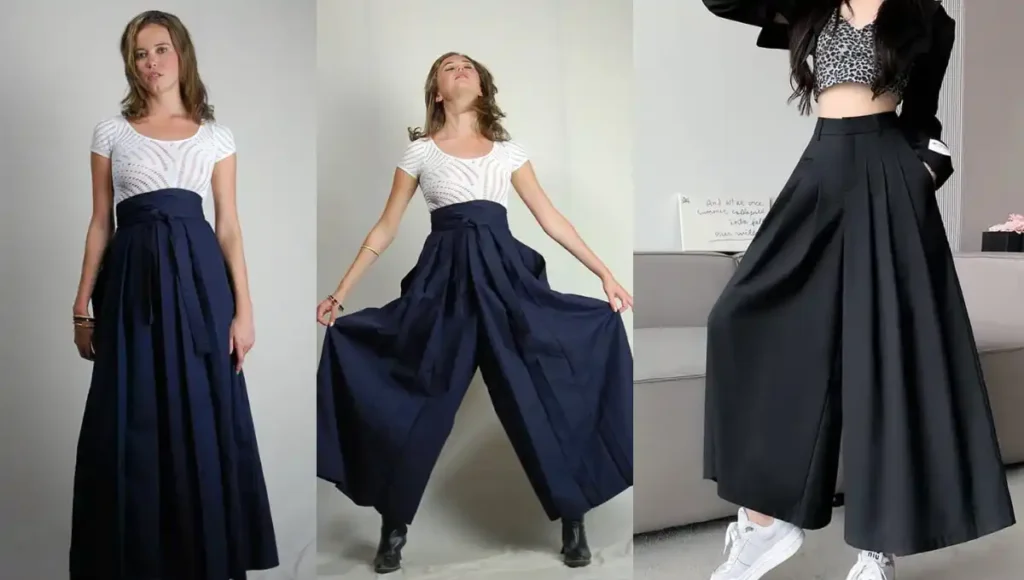
They were traditionally worn by men only. But with the evolution in fashion styling, hakama pants women’s styles are now widely available. The fashion designers have combined that feminine elegance with comfort and versatility.
- Graduation Hakama: Young women wear brightly colored hakama with floral kimonos. It still prevails in Japan, where young women dress so in their graduation ceremonies,
- Casual Styles: When flowy cotton pants are paired with crop tops or cardigans, it offers a chic yet relaxed look.
- Workwear: For professional outfits, solid-colored pants can be styled as wide-leg trousers.
These pants are famous among women who are looking for both style and cultural depth due to their adaptability.
Hakama Pants For Men
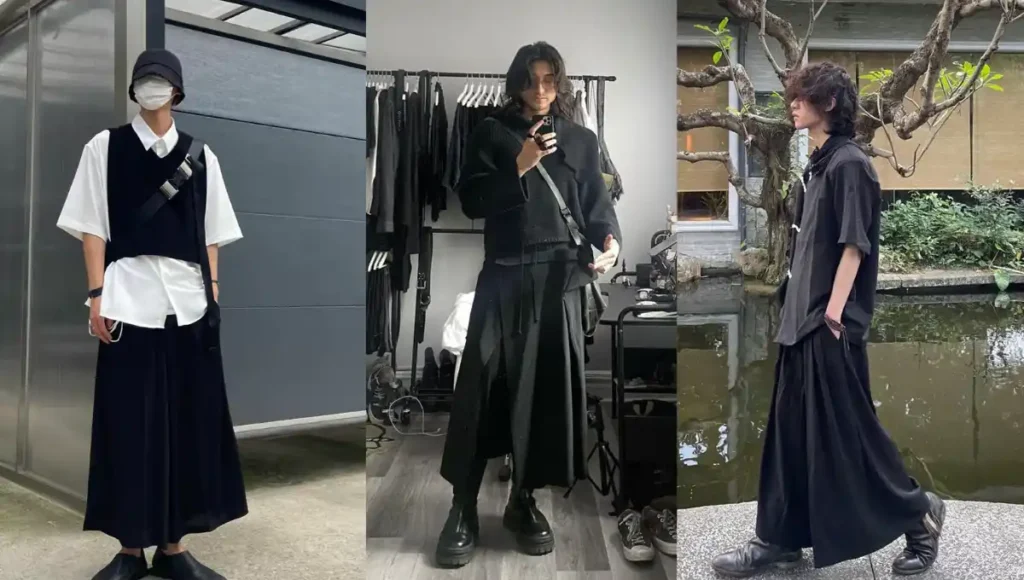
Hakama pants male collections have preserved the garment’s martial roots. Whilst having those roots, it gives men a stylish alternative to jeans or chinos.
- Traditional Martial Arts Hakama: It is still widely worn in Kendo, Aikido, and Iaido.
- Casual Fashion: For that relaxed, bohemian vibe, go for the loose linen pants styled with plain t-shirts
- Formal Wear: Pair your structured hakama-inspired trousers with coats. It gives the high-fashion menswear look.
In Japanese tradition, these pants symbolize strength, tradition, and versatility.
Patterns And Designs
The pattern created on those pants is considered one of the most intriguing aspects. It’s not like other trousers, as hakama often feature seven pleats. Five in the front and two in the back. Each of these pleats represents values such as:
- Jin (Compassion)
- Gi (Justice)
- Rei (Courtesy)
- Chi (Wisdom)
- Shin (Sincerity)
- Chu (Loyalty)
- Ko (Filial Piety)
This symbolism makes the hakama not just a fashion choice. But also a representation of philosophy and discipline.
In modern fashion, these pants pattern variations include:
- Wide-Leg Straight Cut
- Layered and Overlapping Fabrics
- Cropped Hakama Pants for a contemporary look
- Printed Hakama Pants with floral or abstract designs
How To Style Hakama Pants
Fashionists have stated that styling these is all about balance because of their pattern and design. It creates harmony when you pair them up with a fitted or structured top since they are wide and flowy.
- For Women: You can pair them with fitted tops, crop jackets, or even kimonos for a fusion look.
- For Men: For versatile outfits, style them with linen shirts, structured blazers, or basic tees.
- Accessories: You can use minimalist sandals, sneakers, or boots to complement the outfit.. Without making it overwhelming.
To get more inspiration on trending outfit ideas, explore Pinterest.
Why Choose These Pants?
- Comfort: Wide-legged design allows freedom of movement.
- Versatility: Suitable for casual, formal, and ceremonial wear.
- Cultural Value: A garment with centuries of heritage.
- Unisex Appeal: Equally stylish for men and women.
Global Popularity Of Hakama Pants
The global popularity of these pants has caused the rise of slow fashion. This also includes sustainable clothing and cultural appreciation. The fashion influencers, designers, and even streetwear brands are embracing the flowy and versatile silhouette. This makes the pants a modern outfit rooted in ancient values.
It is known that from high-fashion runways in Paris to everyday wardrobes in Tokyo. These pants continue to inspire both the designers and wearers.
Buying Guide: Hakama Pants
When you are off to purchase it, consider the following important aspects:
- Material: Cotton and linen for casual wear, polyester blends for martial arts, and silk for ceremonies.
- Fit: Traditional hakama are very wide. But modern versions may have a slimmer cut.
- Occasion: Choose muted tones for work. Whilst vibrant prints are for casual outings, and ceremonial designs are for cultural events.
- Brands: For minimalistic quality, explore Muji hakama pants. Also, you can go for Muji’s double-layered hakama pants collections.
Final Thoughts
Hakama pants are more than just a piece of clothing. It is now a symbol of Japanese heritage, philosophy, and timeless style. Whether you’re drawn to the minimalist appeal of Muji hakama pants, the elegant flow of these pants’ women’s collections, or the martial discipline behind these pants’ male designs. These trousers offer versatility like no other, which makes them stand out in the global market.
They have bridged the gap between tradition and contemporary fashion. It happened because of its patterns rooted in values and designs. These have kept evolving for modern wear since the old days. So, from ceremonial attire to streetwear essentials, they have truly earned their place as a global style icon.
Explore more fashion-related blogs:
